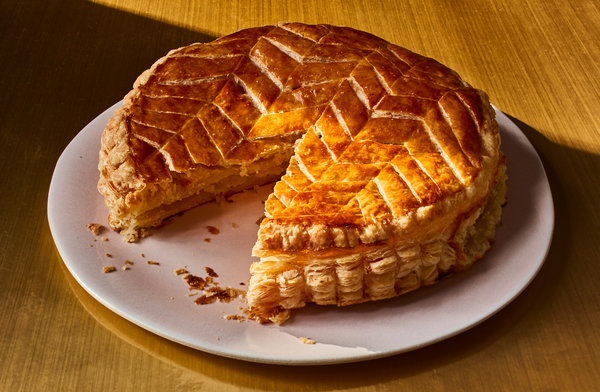TEXT: “Guatemala a Guatepeor”
INFORMANT DESCRIPTION: Female, 42, Mexican
CONTEXT: My friend said this phrase while referring to her old boyfriend and her new boyfriend. She said that she had gone from “Guatemala a Guatepeor”, I laughed and asked what that meant. Although it was kind of self-explanatory. She learned this phrase from her other female Mexican friends. She finds it very funny and useful, when referring to going from bad to worse.
ANALYSIS: There is a hierarchy between Latin countries and certain bias. So the use of Guatemala as if that is a step down (from Mexico) but then a play on words since the end of Guatemala, is “mala” which means bad, and then the change to Guatepeor, where “peor” means worse. Indicating you went from bad to worse while inserting some latin hierarchy bias.
ORIGINAL SCRIPT: “Guatemala a Guatepeor”
TRANSLITERATION: “Goo-ah-teh-mah-lah ah Goo-ah-teh-peh-or”
TRANSLATION: “Guate(bad) to Guate(worse)”
THOUGHTS: I thought this phrase was very funny since I speak Spanish and it is such a fast jab that is both funny and descriptive.

